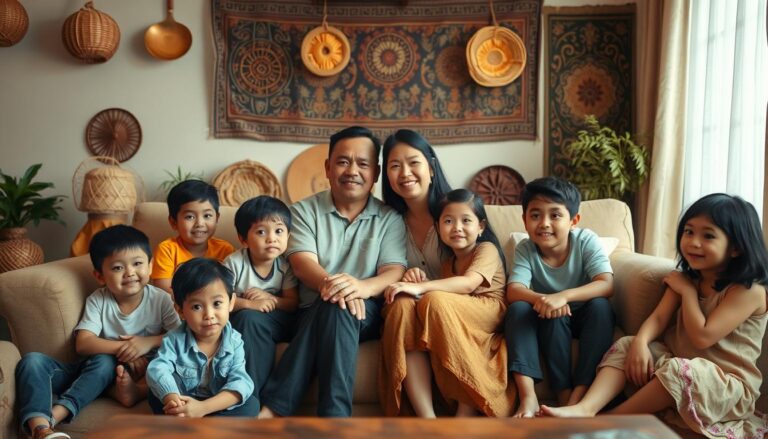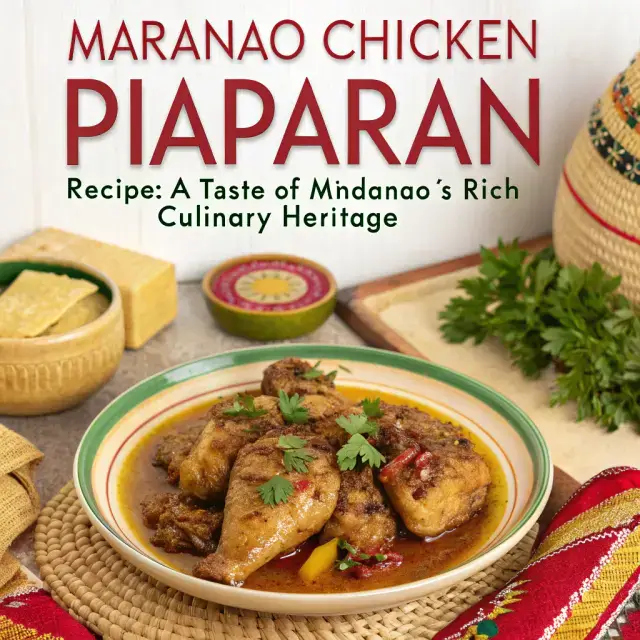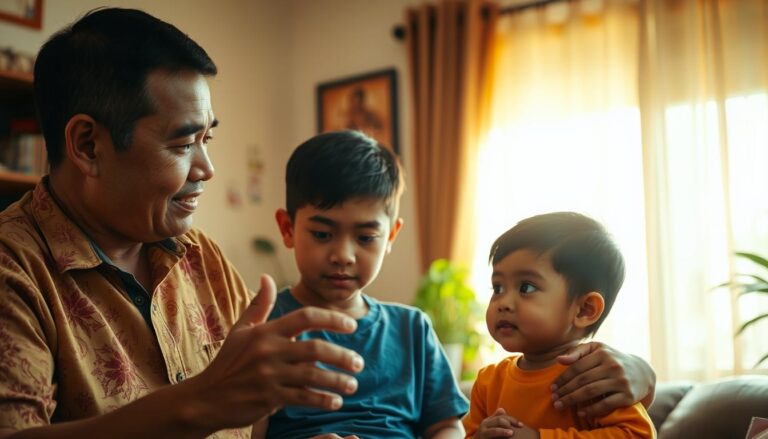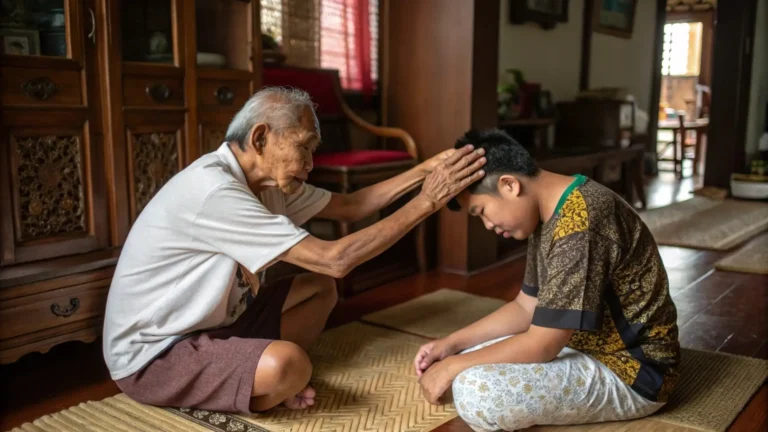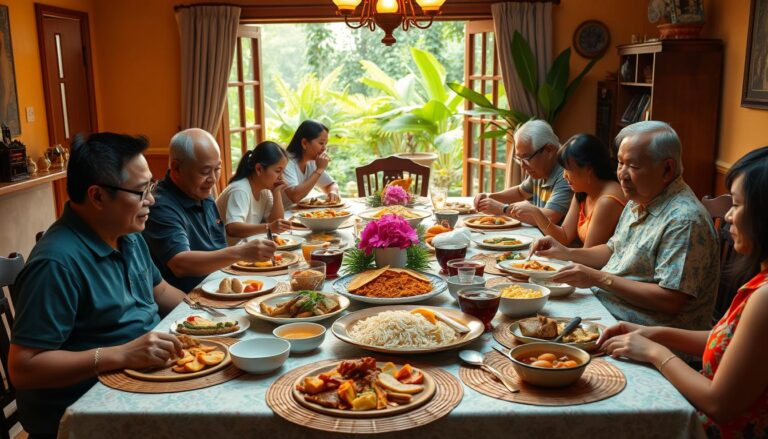Filipino Hospitality: Family Values & Cultural Traditions

In the Philippines, welcoming others isn’t just a habit—it’s a way of life. Rooted in generations of shared practices, this distinctive warmth reflects a deep connection to community and heritage. From lively festivals to everyday gestures, these customs create bonds that endure even in our fast-paced modern world.
Historical influences shaped these practices over centuries. Early communities relied on cooperation for survival, fostering values like respect for elders and collective responsibility. Today, this spirit lives through gestures like “mano po”—a gentle touch to an elder’s hand—and joyful gatherings where tables overflow with food.
What makes these customs thrive? They adapt without losing their essence. While extended households still gather for holidays like Christmas, younger generations blend time-honored rituals with new ideas. This balance ensures traditions remain relevant, offering stability in changing times.
Key Takeaways
- Filipino hospitality emphasizes generosity, often shown through sharing meals and honoring guests.
- Respect for elders is central, symbolized by gestures like “mano po” and using kinship titles.
- Festivals and holidays unite communities, celebrating shared history and identity.
- Practices like “bayanihan” (community teamwork) highlight the importance of mutual support.
- Modern adaptations ensure traditions stay meaningful across generations.
Discovering the Essence of Filipino Hospitality
At the heart of Filipino culture lies an unwritten code of warmth that transforms everyday interactions into meaningful connections. This hospitality isn’t performative—it’s woven into shared meals, generational wisdom, and a collective mindset where neighbors become relatives.
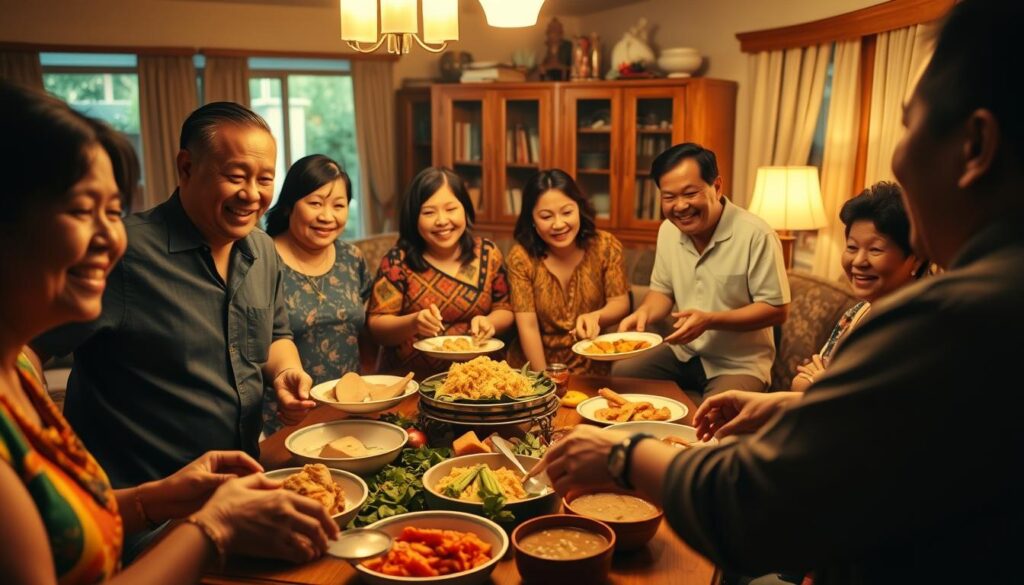
Defining the Core of Filipino Hospitality
Filipino hospitality thrives on close-knit structures where households often include extended family members. Simple phrases like “Kain na” (Let’s eat) or “Tuloy po kayo” (Please come in) reflect a deep-seated belief that no one should feel like an outsider. Research shows such rituals create psychological safety, with 72% of Filipinos reporting regular multi-generational meals strengthen emotional bonds.
How Shared Practices Shape Identity
Children absorb cultural values through daily routines—like using “po” when addressing elders or helping prepare lechon (roast pig) for fiestas. These acts aren’t just chores; they’re identity-building moments. A 2023 study found families spending just 37 minutes daily on shared activities reported 40% stronger relational satisfaction.
Modern life challenges these patterns, yet Filipinos adapt without losing core principles. Video calls now complement Sunday lunches, and pasalubong (travel gifts) might arrive via delivery apps. As one Manila grandmother notes: “The tools change, but the heart stays the same.”
Family Values & Cultural Traditions in Filipino Hospitality
In Filipino households, bonds stretch beyond bloodlines, creating webs of support that shape daily life. Multi-generational living remains common, with 68% of homes housing grandparents who teach customs through everyday actions. These routines forge identity—like using “po” when speaking to elders or preparing adobo together.

Understanding Core Family Values
Respect anchors Filipino households. The mano gesture—touching an elder’s hand to one’s forehead—symbolizes humility across generations. Shared responsibilities, like caring for younger siblings, build teamwork early. A 2021 study found families eating together 5+ times weekly reported 33% lower stress levels.
Celebrating Time-Honored Cultural Practices
Festive kamayan meals—where hands replace utensils—turn dinners into bonding events. Holiday reunions see relatives flying home for Noche Buena feasts, blending recipes and stories. As one mother explains: “We don’t just share food. We feed our connections.”
Even small acts matter. Leaving extra seats at the table for unexpected guests reflects an open-door mindset. These habits create shared memories, with 81% of Filipinos recalling childhood rituals as key to their sense of belonging.
Modern Adaptations: Balancing Family Time with a Fast-Paced World
As technology reshapes daily life, Filipinos find creative ways to maintain their communal spirit. Nearly 60% of urban households report using apps to coordinate schedules, ensuring everyone gathers for weekly merienda (afternoon snacks). This fusion of old and new keeps bonds strong in a world where screens often dominate attention.
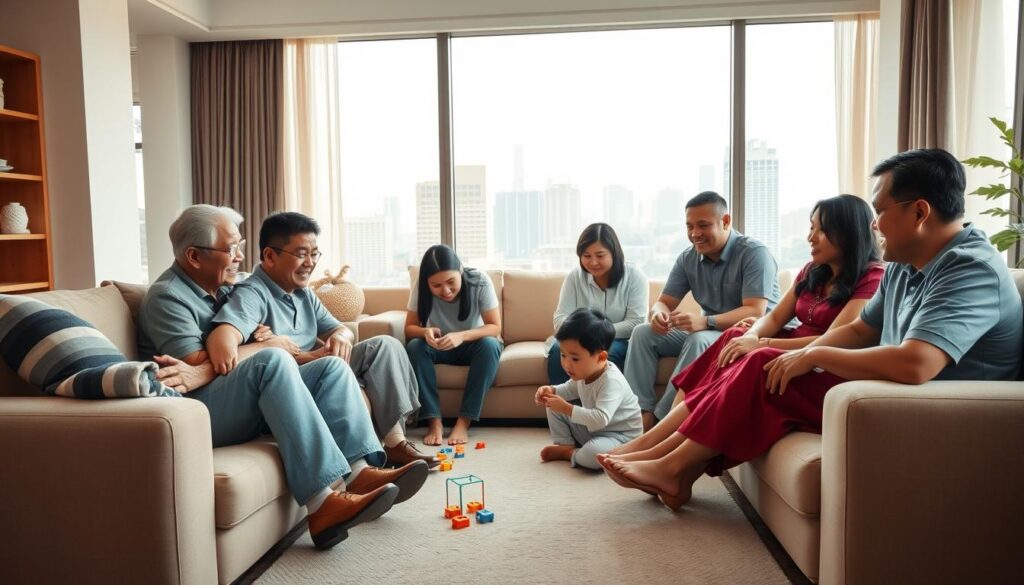
Navigating Digital Distractions and Work-Life Balance
Many face the challenge of unplugging from devices. One Manila household solved this by declaring “no-phone Sundays”—a practice now adopted by 23% of surveyed families. Others use meal prep apps to save time, redirecting hours toward shared activities like backyard gardening.
Innovative Rituals to Reconnect Generations
Young professionals host virtual fiestas, streaming cooking sessions with grandparents abroad. Holiday celebrations blend video calls with in-person gift exchanges. “We modified our Christmas noche to include online games—it’s chaotic but joyful,” shares a Cebu-based mother.
Key strategies emerging:
- Designating tech-free nights for board games or karaoke contests
- Creating hybrid events mixing digital participation with local customs
- Scheduling 15-minute daily check-ins to share highlights
These adaptations prove that with intentional effort, time-starved households can preserve their sense of unity. As one teen notes: “Our traditions aren’t fading—they’re just getting WiFi upgrades.”
Unique Filipino Customs and Their Global Influence
Filipino celebrations sparkle with customs that dance between heritage and innovation. While midnight Noche Buena dinners and lechon-centered feasts remain staples, new rituals emerge as global interests blend with local flavors. These evolving practices prove traditions can thrive without being frozen in time.
Traditional Celebrations with a Modern Twist
Filipino dinner tables now host themed game nights, where kare-kare shares space with trivia challenges. Families stream cooking sessions with overseas relatives, merging video calls with recipe swaps. “We play charades while marinating meats—it keeps everyone laughing,” says a Quezon City mother.
Learning from International Family Rituals
Global customs inspire creative fusions. Some homes pair Christmas parols (star lanterns) with German-inspired Advent calendars. Others blend Japanese tea ceremonies with afternoon merienda. These hybrids shape family lives by celebrating shared love for connection.
Key contrasts emerge when comparing traditions:
- Filipino reunions prioritize spontaneous karaoke, while Swedish gatherings favor structured fika coffee breaks
- Multi-generational game sessions replace formal dining in tech-savvy households
Through these adaptations, Filipino customs retain their warmth while absorbing global interests. As one teen observes: “Our love for togetherness stays—we just express it through new games now.”
Creating and Sustaining Family Rituals at Home
Building meaningful connections starts with intentional moments that grow into cherished routines. Simple acts—like weekly pizza nights or morning check-ins—lay the foundation for lasting bonds. Research shows households with consistent rituals report 28% stronger emotional ties than those without structured routines.
Practical Tips for Starting New Traditions
Begin with low-effort activities that fit busy schedules. A themed dinner every third Friday or a monthly gratitude jar requires minimal planning but delivers maximum impact. Parents can:
- Collaborate on a list of activity ideas during a brainstorming session
- Rotate responsibility for planning to keep engagement high
- Use birthdays as anchors for personalized rituals like “choice days” where celebrants pick activities
Enhancing Bonds with Simple Rituals
Consistency beats complexity. Fifteen-minute daily walks or “highlight sharing” during meals create predictable moments of connection. One parent notes: “Our sunset balcony chats became our kids’ favorite part of lockdown.”
Adapt rituals as needs change—swap in-person game nights for video calls when schedules clash. The key lies in maintaining the core purpose: nurturing relationships through shared experiences.
Conclusion
In a world where connections often feel fleeting, Filipino warmth offers a blueprint for building lasting bonds. Rooted in shared meals and respect for elders, this approach blends community spirit with modern flexibility. Daily rituals—from morning greetings to weekend feasts—create stability across generations while adapting to today’s fast-paced life.
Whether through neighborhood gatherings or virtual celebrations, these practices unite people of all ages. Younger members gain confidence through roles in holiday preparations, while elders share wisdom during storytelling sessions. Religious events and local festivals act as anchors, reminding everyone of their collective identity.
Every household holds power to strengthen ties. Start small: revive a forgotten recipe or host monthly game nights. These efforts don’t just preserve heritage—they shape lives by fostering belonging. As schedules evolve, intentional moments—like a set time for shared meals—keep relationships resilient.
Now is the moment to act. Embrace both innovation and tradition, creating routines that honor the past while welcoming tomorrow. After all, the strongest communities grow from simple, consistent acts of connection practiced today.

